4 ways the Google Pixel 10 Pro can (and should) beat the Google Pixel 9 Pro
Here’s how the next Pro Pixel can improve
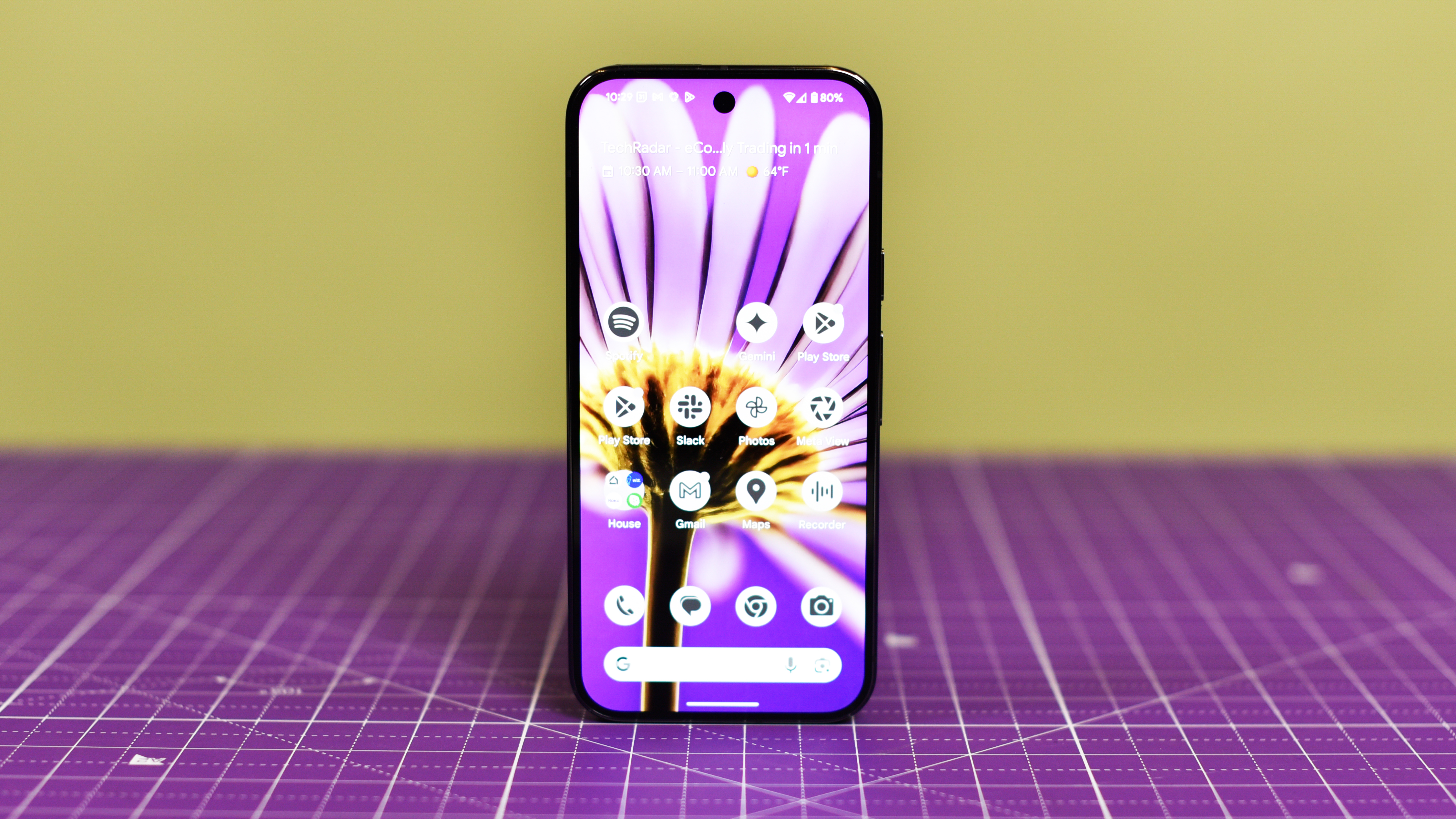
The Google Pixel 10 series is on the way – Google has announced that this year’s Made by Google event will take place on August 20, and we’re expecting to see full reveals of the long-rumored Pixel 10, Pixel 10 Pro, Pixel 10 Pro XL, and Pixel 10 Pro Fold.
Of the four phones in this year’s Pixel lineup, I’m keeping the closest eye out for the Pixel 10 Pro. The Pixel 9 Pro was our phone of the year last year, so I’m keen to see whether Google can improve on greatness and ship another brilliant flagship.
However, no phone is perfect, and the Pixel 10 Pro has a few key areas to improve on if it’s to be considered a true upgrade.
So without further ado, here are four ways the Pixel 10 Pro could (and, to be honest, should) beat the Pixel 9 Pro.
Better performance
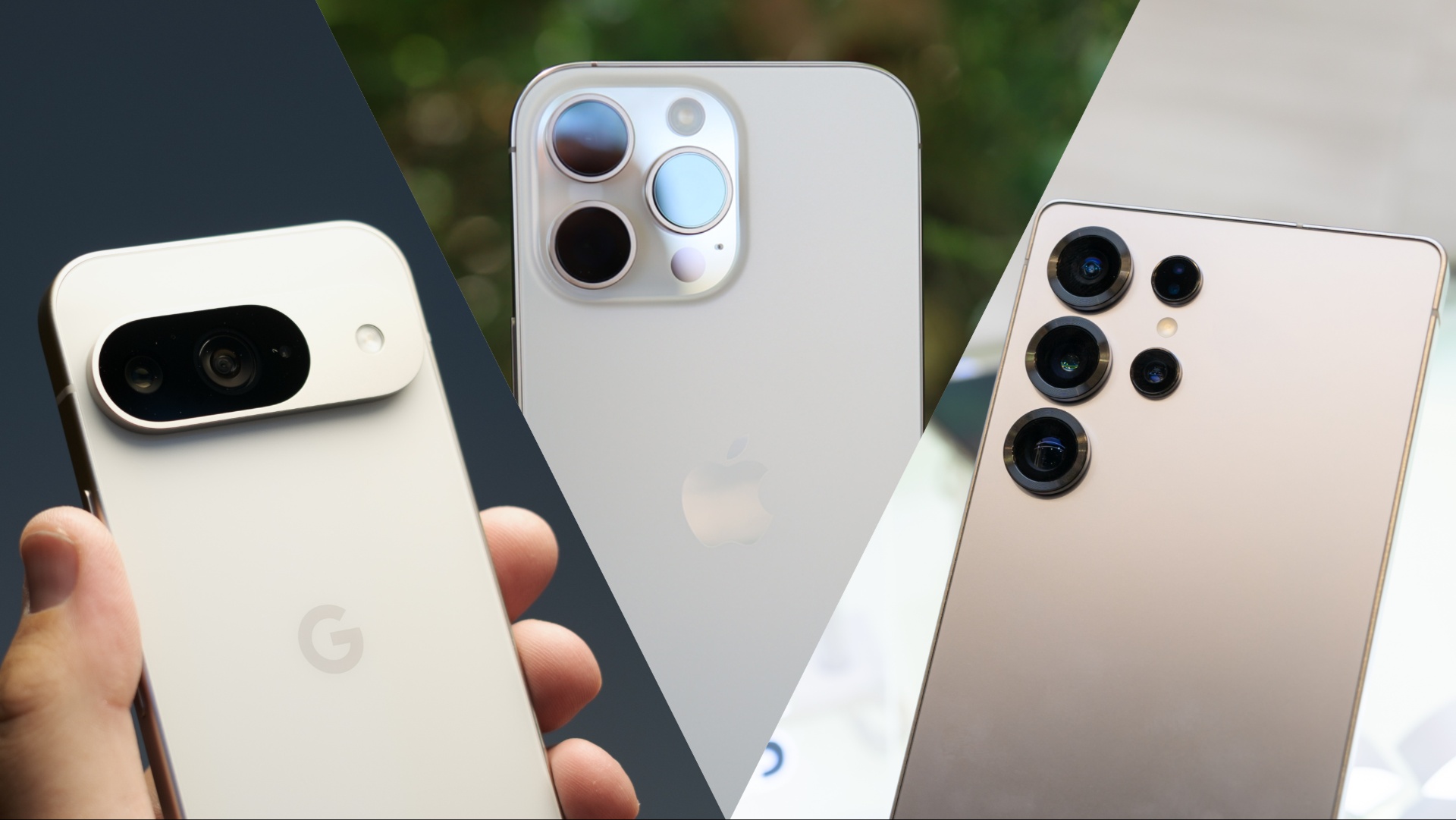
The Google Pixel series has never been performance focused, but as rivals like Samsung and Apple have invested in procuring or developing powerful chipsets, Google’s Tensor series chipsets are starting to feel a little bit left behind.
There’s no need for the Google Pixel 10 Pro to be the fastest phone on the market – after all, people tend to buy Pixel phones for their premium build and software experience, not raw power.
But with the Pixel increasingly positioned as a way to access Google’s AI suite and new Android features, it’s important that the phone at least keep up with the pace of progress when it comes to performance.
Sign up for breaking news, reviews, opinion, top tech deals, and more.
We’ve not heard too much about the Pixel 10 Pro’s expected Tensor G5 chipset, but a solid boost in performance would make the new handset a more confident recommendation against the iPhone 16 Pro and Samsung Galaxy S25 Ultra.
Charging speed
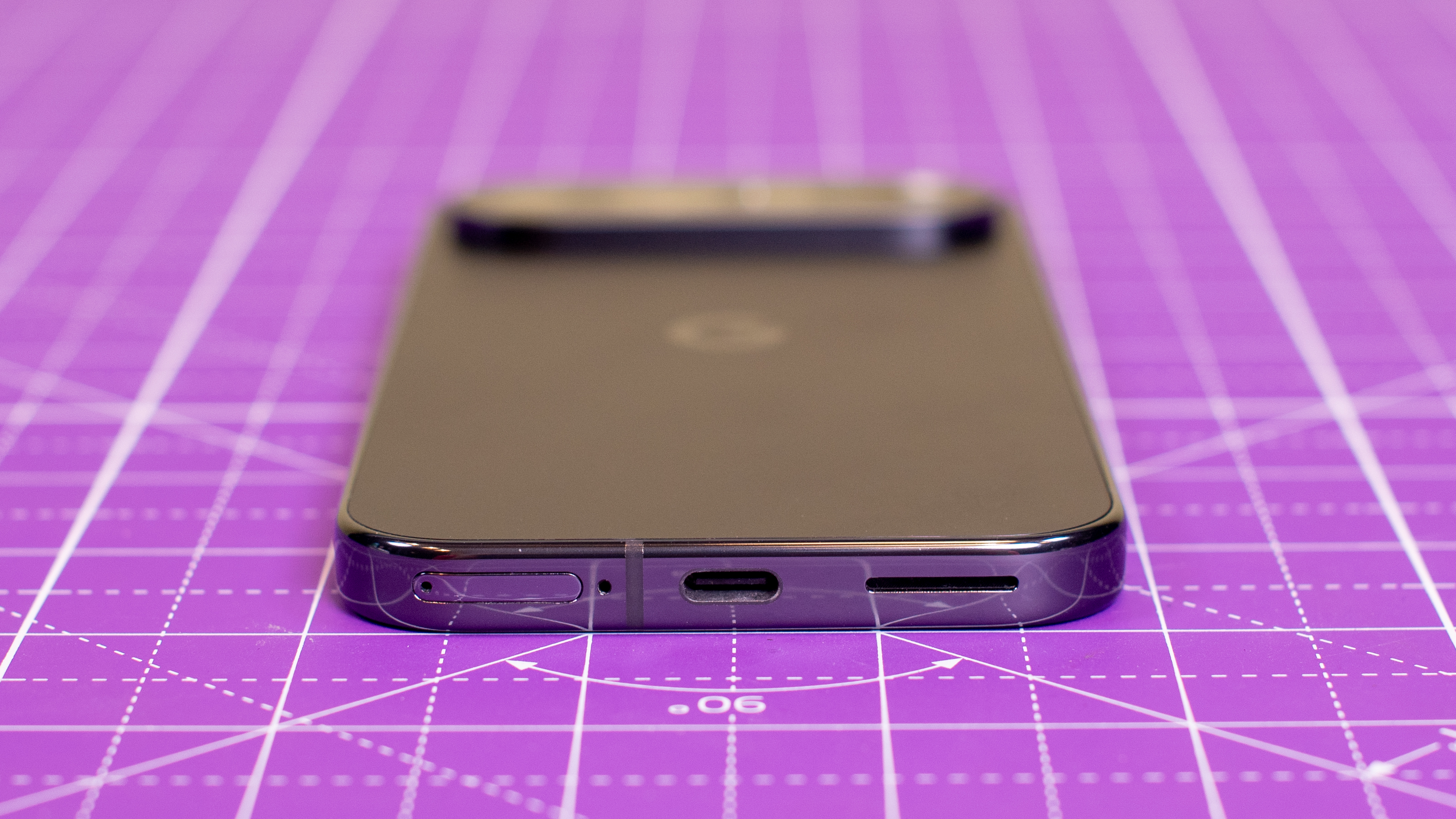
The Google Pixel 9 Pro charges at a maximum power draw of 27W, which is pretty standard for a flagship but rather low in comparison with the Pixel 9 Pro XL, which charges at 37W.
As for Chinese-brand Android phones, it’s no contest – for example, the Xiaomi 15 charges at a hefty 90W, while the mid-range Honor 400 manages 66W.
In our testing, the Pixel 9 Pro charged to 55% in 30 minutes – decent, but not exactly impressive.
The Google Pixel 10 Pro could score an easy win over its predecessor by upping its charging speed. The latest rumors bode well, suggesting a significantly increased maximum power draw of 60W.
Better cooling
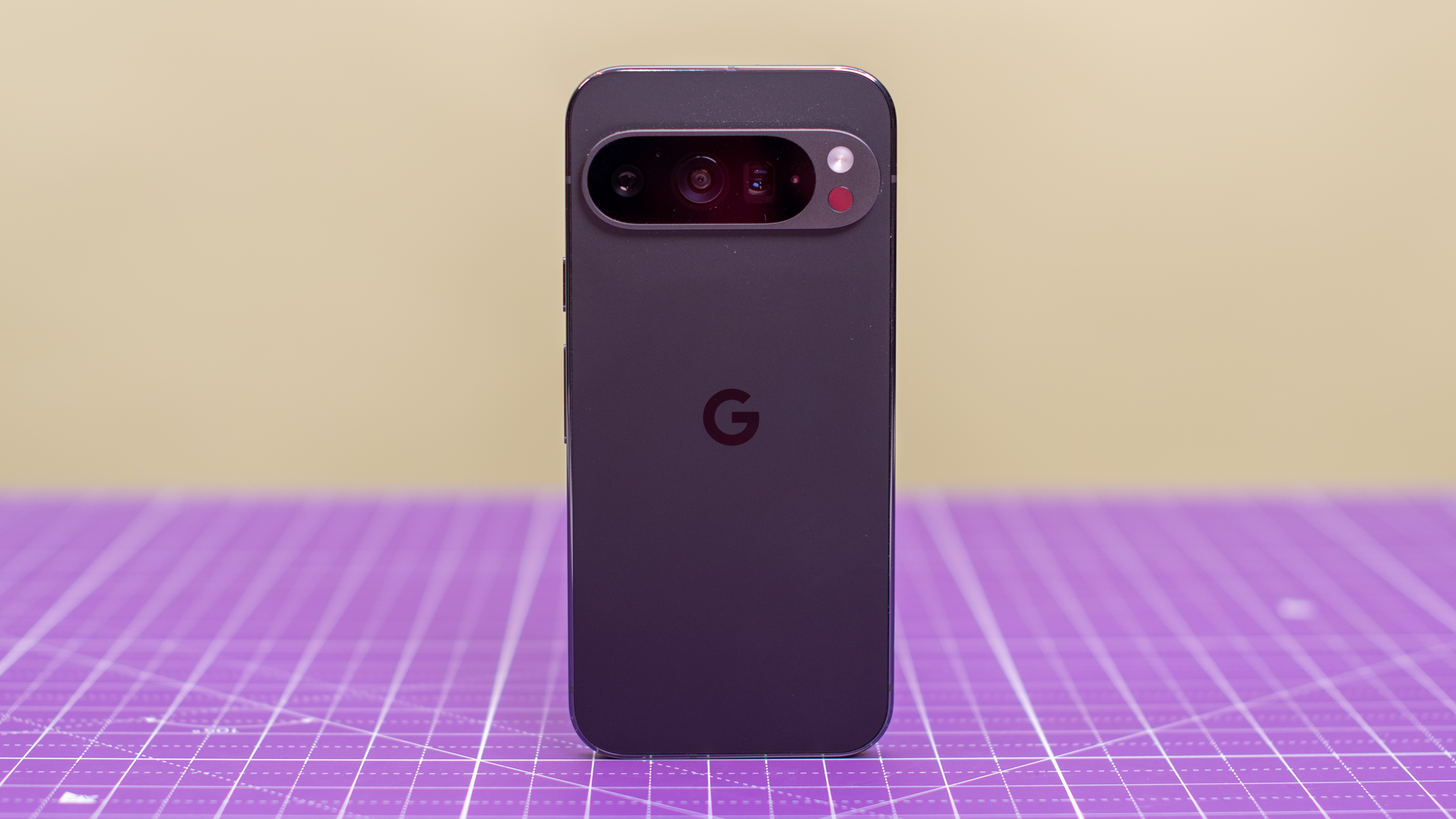
In testing for our Google Pixel 9 Pro review, the phone overheated quickly when taking photos outdoors on a sunny day. This is a common everyday scenario, and it’s a touch worrying that the phone would struggle to get through it.
What’s more, the Pixel 9 Pro isn’t the first Pixel phone to have overheating issues – its a problem that’s affected several Google Pixel models in the past – in 2023 we reported a software bug had caused Pixel 6 and Pixel 7 handsets to overheat.
Heat is no good thing for any smartphone, but should the Google Pixel 10 Pro’s Tensor G5 chipset be another middling performer, this could have a really noticeable effect on the phone’s performance.
Google could equip the phone with a larger internal vapor chamber, or implement new software optimizations that prevent overheating in the first place.
Increased storage capacity
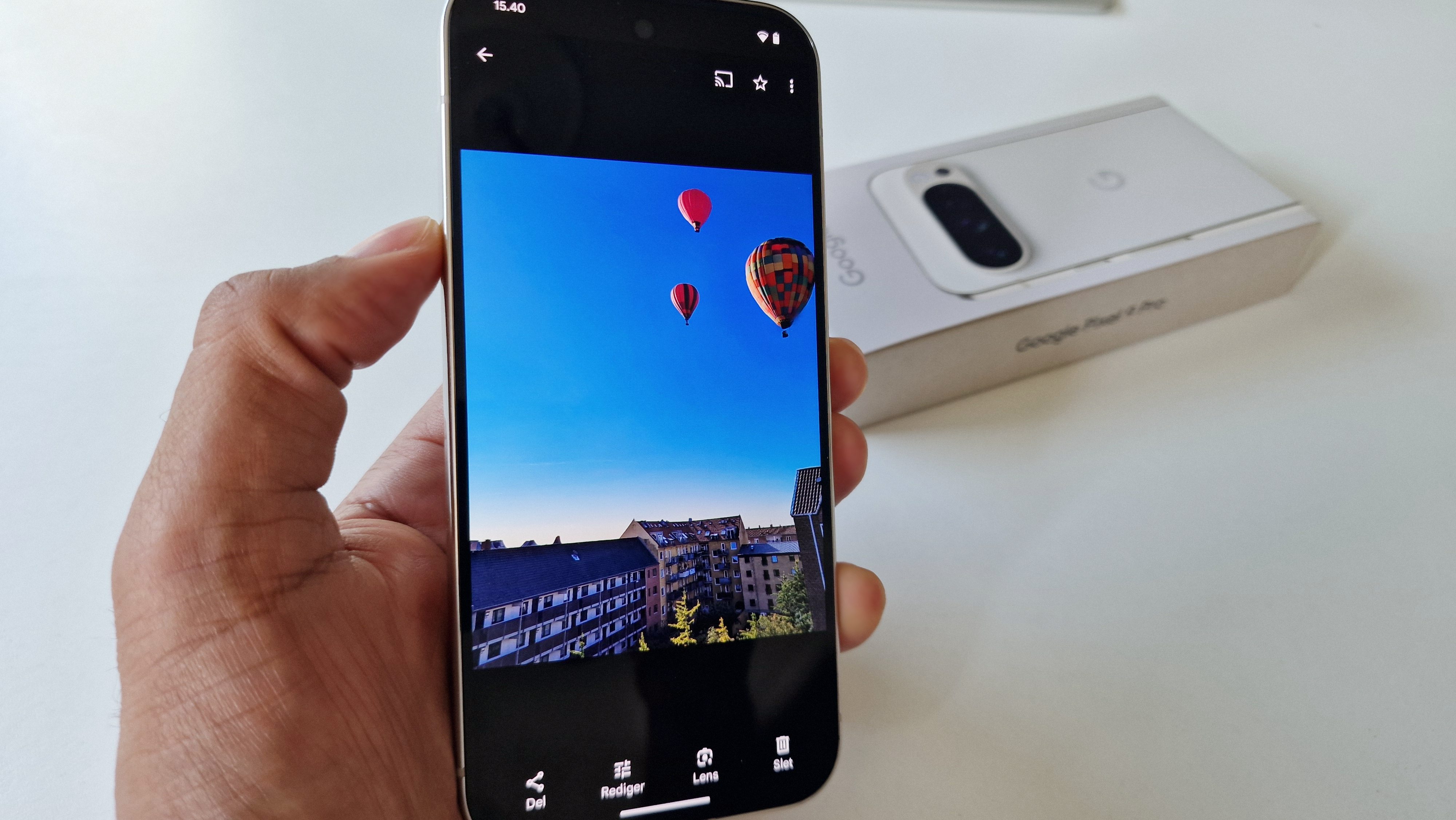
The Google Pixel 9 Pro starts at $999 / £999 / AU$1,699 for the model with 128GB of storage – the same exact price and storage capacity as the iPhone 16 Pro.
However, the Samsung Galaxy S25 Plus starts with 256GB of storage for the same amount of money – and despite lacking a 'Pro' suffix, is similar in spec and capability to its two rivals.
Google has a chance here to step up its starting storage, leaving Apple in the dust and giving users a clear reason to pick the Google Pixel 10 Pro over its predecessor. 256GB of storage would give photographers plenty of space for photos and videos (the Google Pixel 9 Pro is one of the best camera phones, after all).
And, as Android Police notes, there are other Android phones that now ship with 256GB of storage as standard – amongst them the OnePlus 13, which we rank as the best Android phone money can buy.
What do you think? What can the Google Pixel 10 Pro do to be a better phone than the Google Pixel 9 Pro? Let us know in the comments section.
You might also like
- The Galaxy Z Fold 7 might be Samsung’s best-selling foldable yet, and I think a tri-fold Galaxy is inevitable
- The iPhone 17 Pro’s new rumored 8x zoom sounds incredibly cool – but honestly not that useful
- iPhone Fold tipped to land alongside iPhone 18 with a MacBook Pro-sized price tag – here’s what to expect

Jamie is a Mobile Computing Staff Writer for TechRadar, responsible for covering phones and tablets. A lifelong tech-obsessive, Jamie began his writing career as a music blogger before studying journalism at Goldsmiths College, and joined TechRadar in 2024. He thinks the iPhone 5S is the greatest phone of all time, but is currently an Android user.
As well as reporting on the latest in mobile hardware, software, and industry developments, Jamie specialises in features and long-form pieces that dive into the latest phone and tablet trends. He can also be found writing for the site's Audio and Streaming sections from time to time, or behind the decks as a DJ at local venues around London.
You must confirm your public display name before commenting
Please logout and then login again, you will then be prompted to enter your display name.